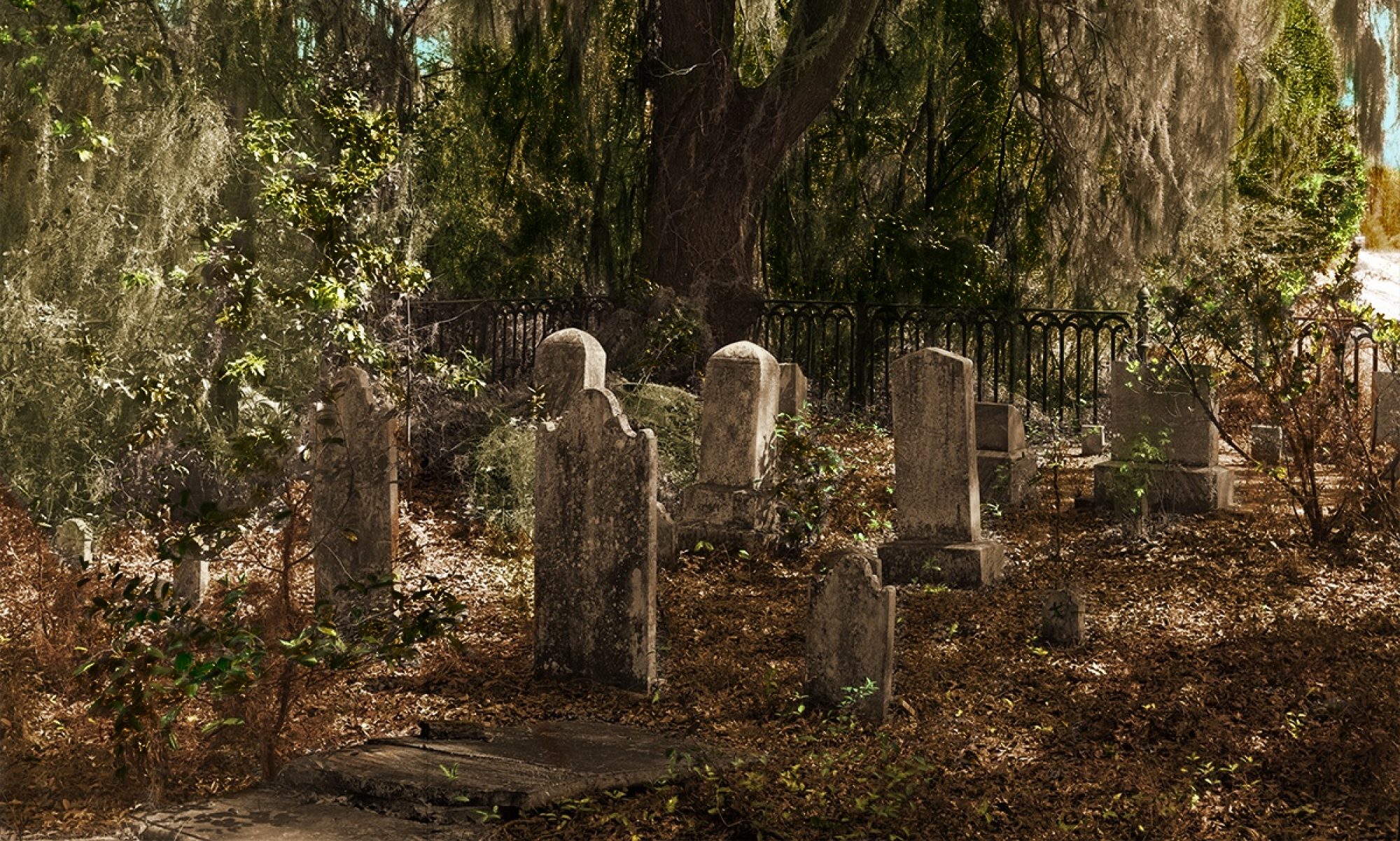When the Savannah River Site (SRS) was announced in November 1950, people living within the boundaries of the future plant were forced to leave. What many did not realize was this mandatory evacuation also extended to those buried in cemeteries located within the SRS boundaries.
Over the course of three years from 1951 to 1954, the U.S. Army Corp of Engineers (USACE) moved thousands of individual graves from over 100 cemeteries. The remains of these individuals were relocated to several cemeteries outside the boundaries of the SRS.
These cemetery relocations were legally authorized by the 81st Congress as Public Law 843, approved on September 27, 1950, and as Public Law 911, approved on January 6, 1951. An inventory of the SRS area identified 161 cemeteries, some of which dated to the late 1700s. One hundred twenty-six cemeteries were removed, and 5,984 graves were relocated with the approval of the next of kin.
The reports written by the USACE show the care taken with this aspect of the land acquisition program. Relatives were involved in the decision-making and the USACE bore all costs involved. Notably, area historical societies were contacted for discussions about removing graves that had historical significance.
In the 1950s, cemeteries were largely segregated. Today there are 24 cemeteries that surround the SRS that contain burials originally from inside the SRS. However, 35 cemeteries still remain inside the SRS. These were not removed because next of kin could not be contacted or these cemeteries would not be impacted by plant construction.
This is a database of those individuals who were removed and relocated as well as those who remain.
